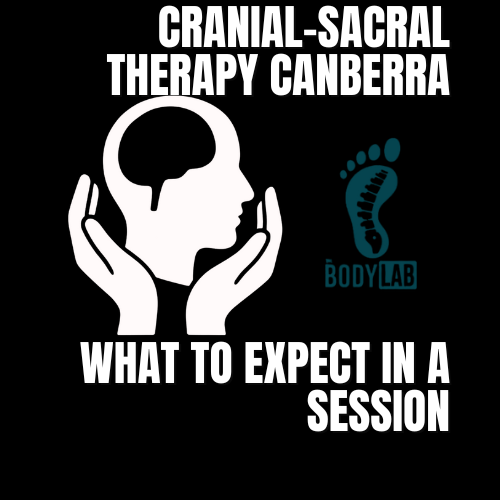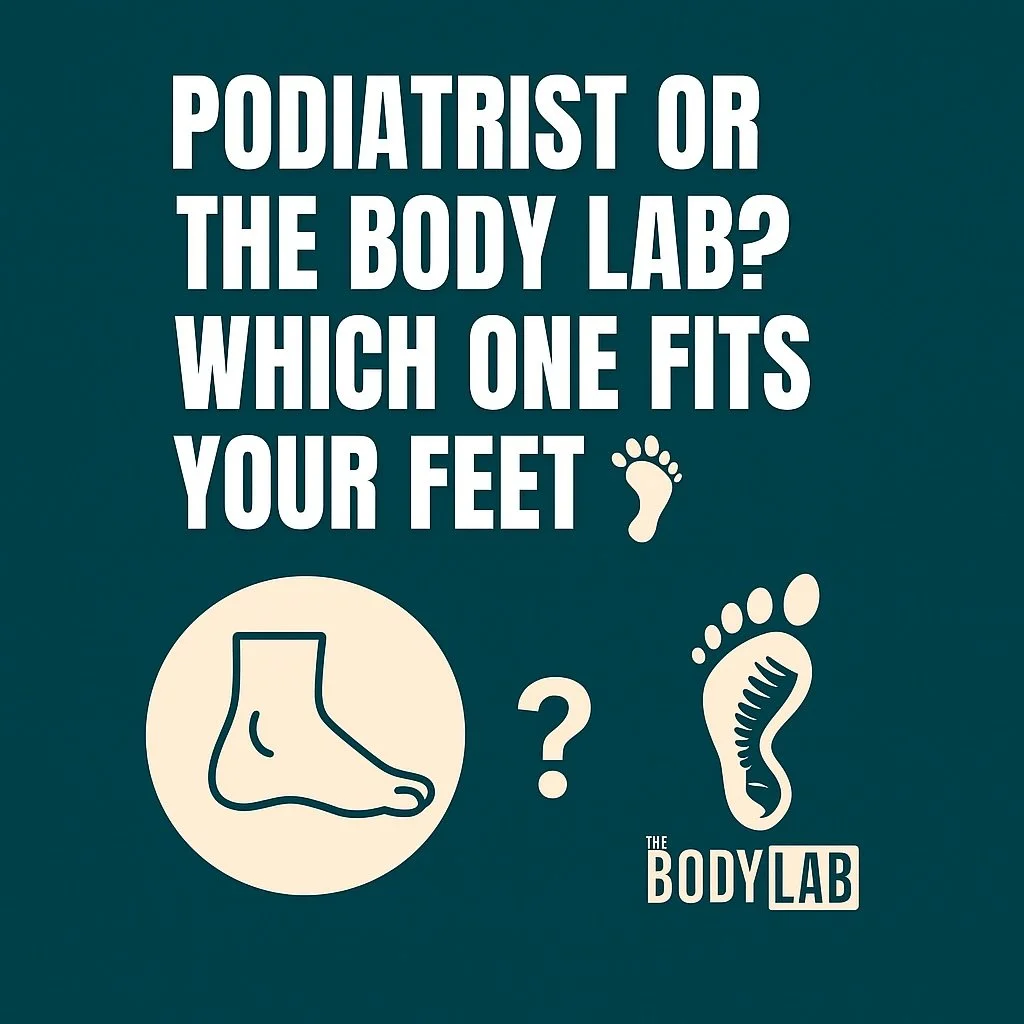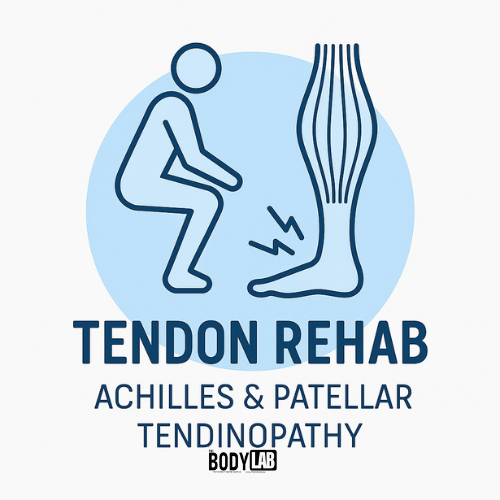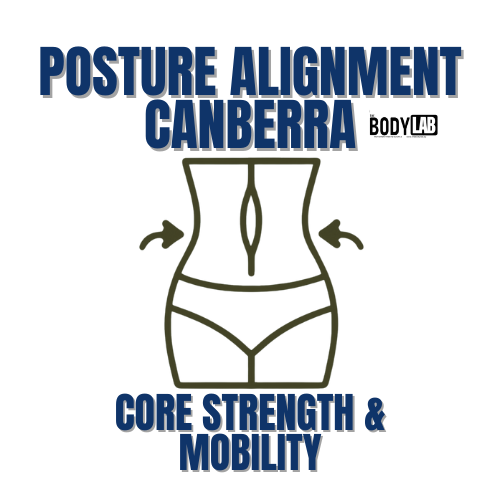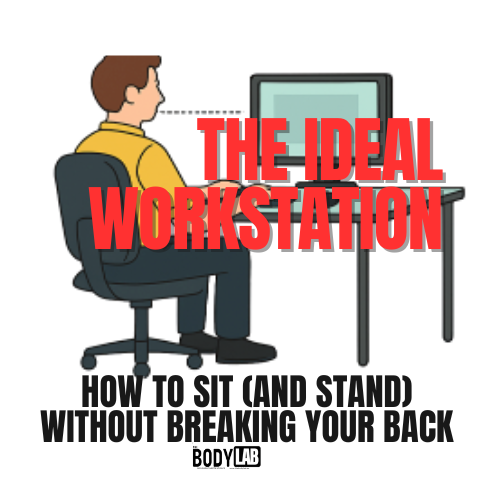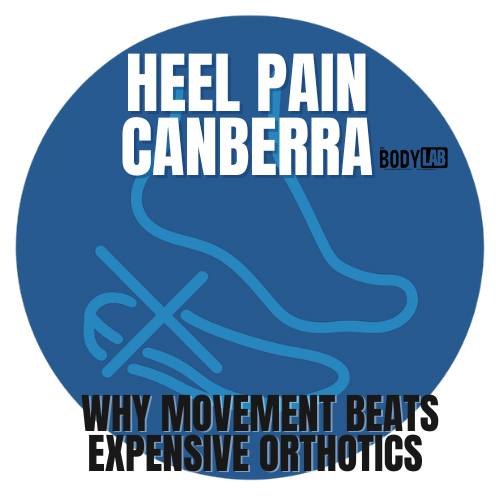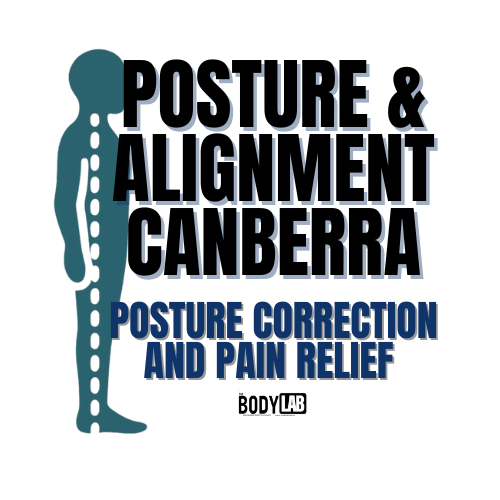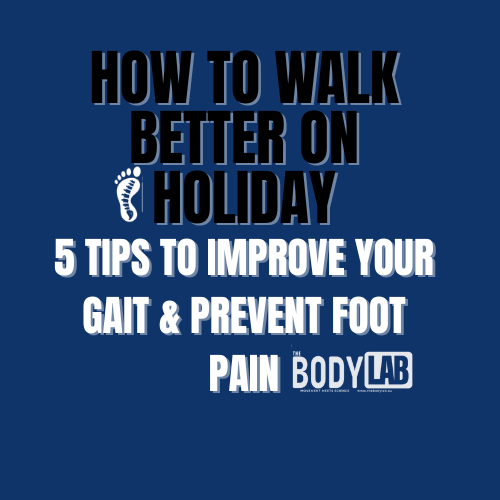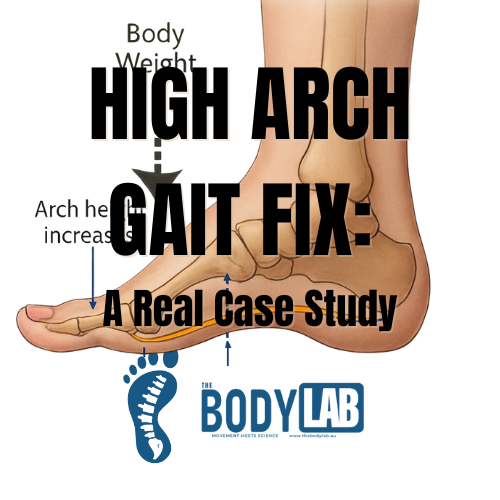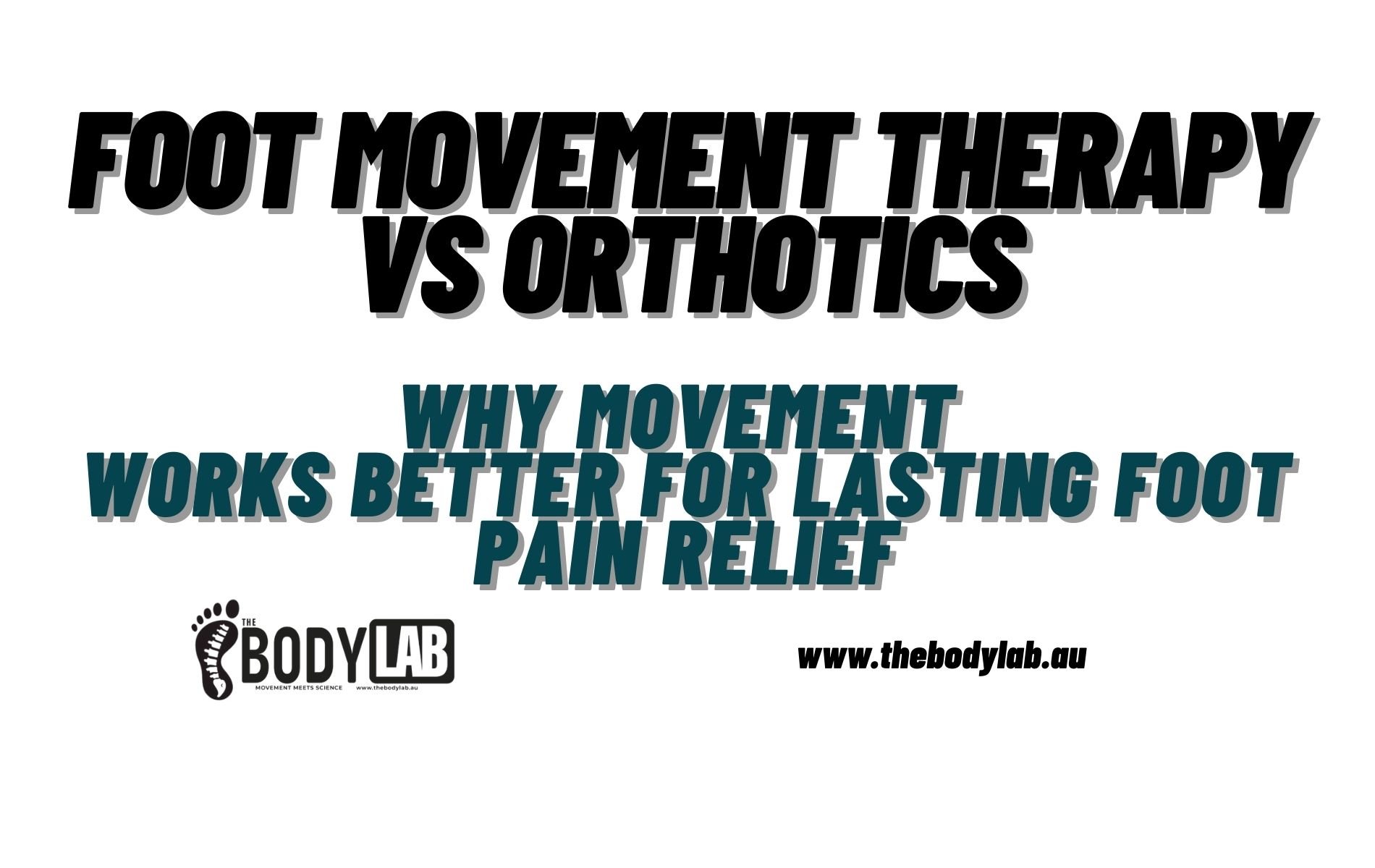Heel Pain Canberra: Why Movement Beats Expensive Orthotics (Most of the Time)
Spoiler: your heel doesn’t have a “support deficiency.” It has a load-tolerance problem. And the smartest fix usually isn’t a $600 bit of plastic—it’s teaching your foot and leg to move and share load better. That’s exactly what we do at The Body Lab, Canberra—and it’s the same movement-based approach I teach to therapists across Australia.
TL;DR (for the “reading on the tram” crowd)
Heel pain (often plantar fasciopathy) responds well to a combo of education, targeted stretching/taping, and progressive loading (Martin et al., 2023).
High-load strengthening can beat stretching alone at 3 months for plantar fasciitis (Rathleff et al., 2014).
Plantar fascia–specific stretching outperforms calf stretching for many people, especially early on (DiGiovanni et al., 2003; DiGiovanni et al., 2006).
Orthotics may offer small, short-term relief for some—useful as a temporary tool, not a lifelong subscription (Whittaker et al., 2018; Hawke et al., 2008).
If pain lingers, shockwave therapy can help as an adjunct—not a first step (Sun et al., 2024).
The Canberra Problem: Lots of Walking, Lots of Hills… and One Very Grumpy Heel
Plantar heel pain loves early mornings, hard floors, and shoes that promise the world but deliver a blister. The good news? Your tissues are not “broken”—they’re simply irritated and under-prepared for the loads you’re putting through them.
Clinical guidelines now emphasise movement-led care (education, taping, stretching, and progressive exercise), reserving extras like custom orthoses or shockwave for later if needed (Martin et al., 2023).
Why Movement Works (and Why Orthotics Aren’t Magic)
Think of the plantar fascia as a load-sharing guy rope between your heel and toes. It tolerates load better when:
your ankle and calf can lengthen/shorten well,
your big toe actually bends (wild concept, we know), and
your gait spreads force across the foot—rather than pile-driving your heel.
When we restore those motions and gradually re-load the tissue, pain usually settles—and function improves. That’s not philosophy; it’s what the research (and the 2023 guideline update) says (Martin et al., 2023).
Receipts, Please: What the Evidence Shows
High-load Strength Training > Stretching Alone (at 3 months).
A landmark RCT found a heavier, slow-tempo calf–plantar fascia exercise delivered superior outcomes at 3 months vs stretching only (Rathleff et al., 2014).
Targeted Stretching Hits the Spot.
Plantar fascia–specific stretching (pulling the toes up to tension the fascia) outperforms generic calf stretching for short-term relief—handy in the early weeks (DiGiovanni et al., 2003; DiGiovanni et al., 2006).
Orthoses: Helpful… briefly.
Systematic reviews report small, short-term benefits for pain/function; not a cure, and not clearly better than sham/custom vs prefabricated in the long run. Use strategically, not forever (Whittaker et al., 2018; Hawke et al., 2008).
Best-Practice Care = Education + Stretching + Taping + Progressive Load.
A BJSM best-practice guide sets this as the core treatment; escalate to shockwave or custom orthoses if needed (Martin et al., 2023).
Adjuncts for the Stubborn Cases.
Shockwave therapy can reduce pain and may even reduce plantar fascia thickness over time—useful when exercise alone isn’t cutting it (Sun et al., 2024).
Our Movement-First Method
(The Body Lab, Canberra)
Assess the Way You Move (not just where it hurts).
We check big-toe dorsiflexion, ankle motion, foot posture under load, and how your pelvis/ribcage play with your stride. Heel pain rarely arrives alone—it’s the guest that comes with friends.
Calm It Down (Fast).
Taping for short-term pain control
Plantar fascia–specific stretch (daily, tiny dose, big effect)
Shoe tweaks (no panic shopping required)
Build It Up (12–16 weeks).
High-load strength
Foot intrinsics
Big-toe mobility so the windlass mechanism actually… windlasses
Teach Your Gait to Share Load.
Small gait tweaks reduce rearfoot loading (Cheung et al., 2016).
Only Then: Temporary Orthoses (If Needed).
Training wheels—not lifelong crutches (Whittaker et al., 2018).
“But My Friend Swears by Orthotics…”
They might help some people some of the time—especially during a painful spike or long hours on hard floors. But relying on them forever is like wearing a sling for life because your shoulder was once sore. Muscles, tendons, and fascia adapt best to progressive load—and that’s what your plan should centre on (Martin et al., 2023).
Real-World Expectations (Canberra Edition)
Weeks 0–2: pain relief focus (education fascia-specific stretch, shoe tweaks)
Weeks 2–6: structured loading starts; morning steps less “zingy”
Weeks 6–12: strength + gait work; walking tolerance improves
Beyond 12 weeks: back to bush walks, park runs, or pain-free steps to the coffee machine
FAQs
Do I need an MRI or X-ray?
Usually no—diagnosis is clinical. Imaging is reserved for atypical cases or when we suspect something else (Martin et al., 2023).
Are barefoot drills ever useful?
For selected cases, carefully dosed barefoot walking has shown benefits in persistent plantar heel pain (Cheung et al., 2016).
When should I consider shockwave or orthotics?
If you’ve done 8–12 weeks of progressive loading and are still stuck, shockwave or a temporary orthotic can be appropriate (Sun et al., 2024; Whittaker et al., 2018).
More about feet issues - heel pain, plantar fasciitis, Foot Pain, More
Why Choose The Body Lab (and Why I’m a Bit Biased)
I blend biomechanics, gait assessment, and movement therapy to help you build resilience, not dependence. This isn’t just clinic talk—I also teach these movement-based foot mechanics strategies to therapists across Australia through workshops and webinars, so you’re getting the same approach I train professionals to use.
If you’re searching “Heel Pain Canberra”, book an Advanced Biomechanical Analysis or an Initial Assessment and let’s start with what your body can learn—not what it has to buy.
References Cheung, RTH, Sze, LKY, Mok, NW, Ng, GYF & Chung, EHY 2016, ‘Effects of gait retraining with real-time visual feedback on lower extremity loading in runners with plantar fasciitis’, Physical Therapy in Sport, vol. 22, pp. 79–85.DiGiovanni, BF, Nawoczenski, DA, Lintal, ME, Moore, EA, Murray, JC, Wilding, GE & Baumhauer, JF 2003, ‘Tissue-specific plantar fascia-stretching exercise enhances outcomes in patients with chronic heel pain’, Journal of Bone and Joint Surgery (Am), vol. 85, no. 7, pp. 1270–1277.DiGiovanni, BF, Nawoczenski, DA, Malay, DP, Graci, PA, Williams, TT, Wilding, GE & Baumhauer, JF 2006, ‘Plantar fascia-specific stretching exercise improves outcomes in patients with chronic plantar fasciitis: a prospective clinical trial with two-year follow-up’, Journal of Bone and Joint Surgery (Am), vol. 88, no. 8, pp. 1775–1781.Hawke, F, Burns, J, Radford, JA & du Toit, V 2008, ‘Custom-made foot orthoses for the treatment of foot pain’, Cochrane Database of Systematic Reviews, Issue 3, CD006801.Martin, RL, Davenport, TE, Reischl, SF, McPoil, TG, Matheson, JW, Wukich, DK & Godges, JJ 2023, ‘Heel Pain–Plantar Fasciitis Revision 2023: Clinical Practice Guidelines’, Journal of Orthopaedic & Sports Physical Therapy, vol. 53, no. 4, pp. CPG1–CPG44.Rathleff, MS, Moelgaard, CM & Olesen, JL 2014, ‘High-load strength training improves outcome in patients with plantar fasciitis: a randomized controlled trial with 12-month follow-up’, Scandinavian Journal of Medicine & Science in Sports, vol. 25, no. 3, pp. e292–e300.Sun, J, Liang, C, Shi, Y, Lin, G, Guan, Z & Li, D 2024, ‘Extracorporeal shockwave therapy for chronic plantar fasciitis: a systematic review and meta-analysis’, Journal of Orthopaedic Surgery and Research, vol. 19, no. 1, p. 56.Whittaker, GA, Munteanu, SE, Menz, HB, Landorf, KB, Foot, CJ & Raspovic, A 2018, ‘Foot orthoses for plantar heel pain: a systematic review and meta-analysis’, British Journal of Sports Medicine, vol. 52, no. 5, pp. 322–328.


